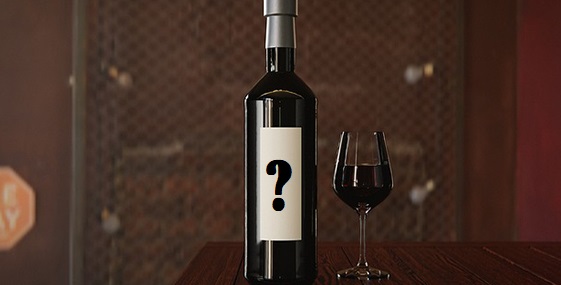The labeling of alcoholic beverages is a critical issue for any producer. Not only is it indispensable to comply with government regulations, but it is also an effective way to promote the product, stand out from the competition, and provide useful information to the consumer. However, for a label to be effective, it must meet certain requirements and best practices.
Here are five tips for efficient labeling of alcoholic beverages.
clear and concise information
The first step to good labelling is to provide clear and concise information. The first step to good labeling is to provide clear and accurate information. This must include the name of the product, the net content of the bottle, the percentage of alcohol by volume, and the name and address of the manufacturer or importer. In addition, you should provide information on any allergens that may be present in the product.
Attractive design
The label of a bottle of an alcoholic drink is also a marketing tool and therefore the design of the label should be attractive and informative. The design should reflect the personality of the product and the brand. The choice of color and typography should be attractive, but also readable and easy to understand. It is the visible face of the packaged product that has the double task of standing out from the competition and defining the brand. Digital labeling now achieves greater hegemony in design by deriving mandatory information outside the physical label accessible through a QR code, avoiding visual noise, and offering the possibility for the design to stand out and breathe.

Must comply with the regulations
The labeling of alcoholic beverages is highly regulated. Manufacturers must comply with all regulations and requirements stipulated by regulatory authorities. This means including mandatory information and restrictions. However, there is a ban on adding misleading information. Good labeling of alcohol bottles is a matter of transparency and responsibility on the part of manufacturers.
Making the most of available space
The labeling of an alcoholic beverage bottle should take full advantage of the available space. Space is limited, so each item on the label must be carefully selected to provide the most important information. The size and location of the information are also important for the consumer to quickly find what they need. Digital labeling results in less saturation of information, and may give greater prominence to design.
Ease of use
Finally, labelling should be easy to use. The information must be logically organized and easy to understand. Technical terms and language should be clear and concise, which can contribute to improving consumer confidence in their products. In addition, labeling must be durable and durable to withstand handling and transport.
In conclusion, the labeling of alcoholic beverages is a critical aspect of the beverage production process. Effective labeling not only meets government requirements but is also an effective way to market and promote the product, it also becomes the recognizable face that sets you apart from other brands.
